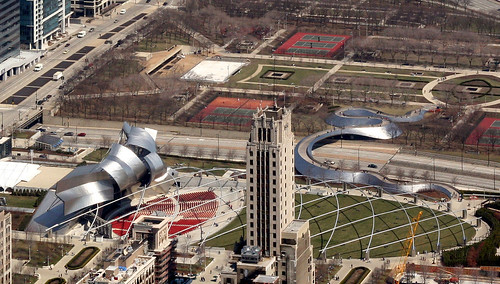
ESPAÑOL
Cliente: Familia Pritzker
Arquitecto: Gehry Partners LLP
Ingeniero Estructural: SOM
Tipo: Puente Viga
Uso: Pasarela Peatonal
Vano: 282 metros
Simulando el movimiento sinuoso de una serpiente, el BP Bridge luce brillante y espléndido gracias a su revestimiento conformado a base de 9.400 placas de acero inoxidable. El puente se encuentra localizado anexo al Millenium Park en pleno corazón de la ciudad de Chicago. La bonita pasarela peatonal conecta la Plaza Daily Bicentenario con el Jay Pritzker Pavilion, un Pavellón diseñado por el prestigioso arquitecto Frank O. Gehry para el mismo proyecto en donde se celebran todo tipo de eventos musicales con un aforo total para 11.000 personas, que se ha convertido no sólo en un lugar para el ocio y el recreo de la ciudad de Chicago, sino también en todo un auténtico icono arquitectónico para la ciudad.
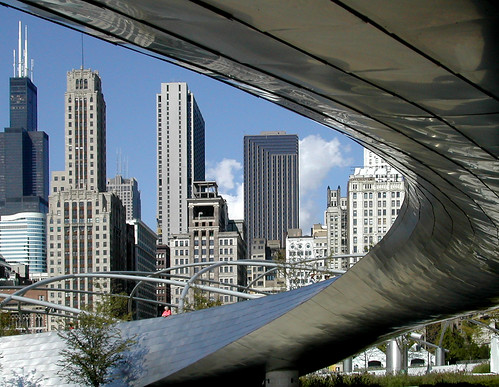
Una bonita vista inferior del movimiento serpenteante de la pasarela peatonal, con la famosa Torre Sears al fondo... / A nice bottom view of the meandering movement of the pedestrian walkway, with the famous Sears Tower in the background ...
El puente esconde en su interior una enorme viga de hormigón armado de refuerzo; son varios también los apoyos de hormigón mediante diferentes pilares circulares los que se dispuseron a lo largo de los 282 metros de longitud total. Las paredes laterales inclinadas favorecen el que no exista miedo al vértigo por parte de los usuarios del puente y también para su mayor seguridad. Gehry no dispuso pasamanos a lo largo de la pasarela; no obstante, el arquitecto situó a ambos lados unos focos alojados tras las paredes laterales para iluminar la pasarela por la noche.
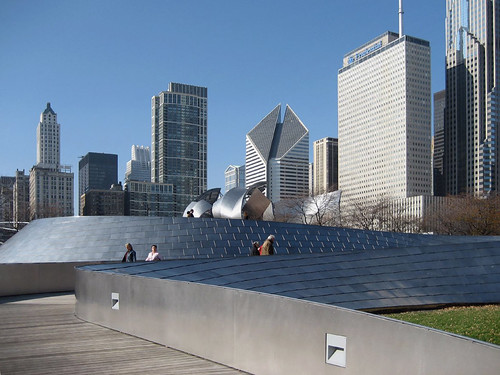
La cubierta de esta bonita pasarela peatonal está revestida en toda su superficie mediante lamas de madera natural tratada y cuenta con un ancho de seis metros de media a lo largo de todo el recorrido. El desnivel existente entre ambos lados se solucionó mediante una rampa serpenteante con una pendiente del 5%; esta pendiente facilitó también el acceso a las personas discapacitadas. Este es el primer y único puente hasta la fecha que ha diseñado el famoso arquitecto Frank. O. Gehry . Mediante este innovador diseño de formas sinuosas, el BP Bridge se convirtió en una barrera acústica para proteger así al Jay Pritzker Pavilion del tráfico rodado cercano.
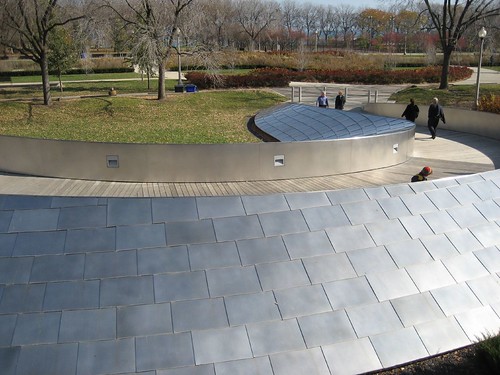
ENGLISH
Client: Family Pritzker
Architect: Gehry Partners LLP
Structural Engineer: SOM
Type: Girder Bridge
Use: Pedestrian Bridge
Span: 925 ft
Simulating the motion sinuous as a snake, the BP Bridge is bright and beautiful thanks to the coating formed on the basis of 9400 stainless steel plates. The bridge is located attached to Millennium Park in the heart of the city of Chicago. The beautiful pedestrian bridge connects the Plaza Daily Bicentennial with the Jay Pritzker Pavilion, a pavilion designed by Gehry for the same project which hosts all kinds of musical events with a total capacity of 11,000 people, which has become an emblem for the city.

The bridge lies inside a massive reinforced concrete beam reinforcement; are several also supports concrete using different circular pillars which dispuseron along the 282 m total length. The side walls inclined favor that there is no fear of vertigo by the user of the bridge and also for your safety. Gehry did not have handrails along the walkway, however, the architect placed on both sides foci housed behind the side walls to illuminate the bridge at night.

La pasarela peatonal conecta la Plaza Daily Bicentenario con el Jay Pritzker Pavilion / The footbridge connects the Daily Bicentennial Plaza with Jay Pritzker Pavilion
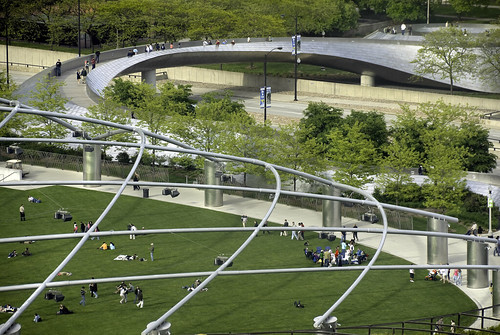
Vista cenital con el Jay Pritzker Pavilion en primer término / Aerial View with Jay Pritzker Pavilion in the foreground
The cover of this beautiful pedestrian walkway is lined throughout its surface by strips of natural wood treated and has a width of six meters on average along the whole route. The gap between both sides was resolved by a ramp winding with a slope of 5%, this slope also facilitated access to the disabled. This is the first and so far only bridge designed by the famous architect Frank. O. Gehry . Through this innovative design of sinuous forms, the BP Bridge became an acoustic barrier to protect and the Jay Pritzker Pavilion in traffic nearby.
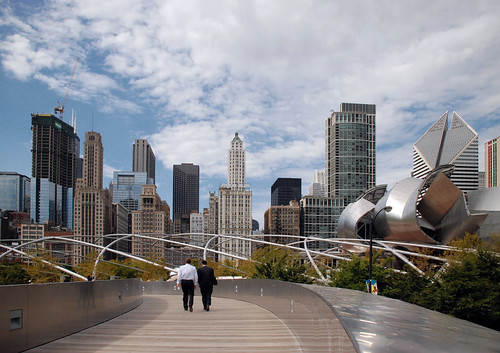
"Images BP Bridge, Millenium Park, Chicago, Illinois, USA",
Image 1 Copyright © Shannon McCann, Photostream
Image 2 Copyright © John W. Picken, Photostream
Image 3-4 Copyright © Ellen Morrison, Photostream
Image 5 Copyright © Janell Brown, Photostream
Image 6 Copyright © Torsodog
Image 7 Copyright © Marcus Frank, Photostream
Image 8 Copyright © Elena Kovalevich, Photostream
"Text" Copyright © José Miguel Hernández Hernández
Editor, Escritor y Fotógrafo de Arquitectura /
Publisher, Writer and Architectural Photographer
Todos los derechos reservados / All rights reserved
http://www.jmhdezhdez.com/
Related articles / Artículos relacionados
The IAC Building
New York City, USA
Guggenheim Museum Bilbao
Bilbao, Spain
Bodegas Marqués de Riscal
El Ciego, Álava, Spain
The Dancing House
Prague, Czech Republic
Fish
Barcelona, Spain
Other works in Chicago / Otras obras en Chicago
Aqua Tower
Chicago, Illinois, USA
Studio Gang Architects
Trump Chicago Tower
Chicago, Illinois, USA
Skidmore, Owings & Merrill LLP, SOM
John Hancock Center
Chicago, Illinois, USA
Skidmore, Owings & Merrill, SOM
Lake Point Tower
Chicago, Illinois, USA
Schipporeit & Heinrich
MUY IMPORTANTE!!! VERY IMPORTANT!!!
Deja tu comentario sobre este reportaje al pie de este post donde dice "Publicar un comentario en la entrada"; me será de gran valor para seguir mejorando este sitio web y te contestaré con la mayor brevedad posible... Muchas gracias!
No obstante, si te ha resultado interesante este reportaje y también el Blog en general, por favor, no dudes en hacerte Fan de la página de Fans del Blog de José Miguel Hernández Hernández en Facebook aquí
Nota importante: Una vez que hayas entrado en la página de Fans del Blog en Facebook, con sólo hacer click en el botón de "Me gusta", a partir de ese momento estarás al tanto de todos los nuevos reportajes interesantes relacionados con la Arquitectura y la Ingeniería que aquí se vayan publicando para no perder ningún detalle...
También puedes suscribirte por e-mail (te llegaría un e-mail con el enlace de cada artículo en el mismo momento en que sea publicado), o bien también puedes seguir el Blog a través de Twitter aquí
Nos vemos en el Blog!
Leave a comment on this story at the bottom of this post where it says "Post a comment in the entry", I will prove invaluable to further improve this website and I will answer as soon as possible .. . Thank you very much!
However, if you this story was interesting and the blog in general, please do not hesitate to make Fan Fans of the Blog page José Miguel Hernández Hernández on Facebook here
Very important: Once you enter the page Blog fan of Facebook, simply click on the button Like "From that moment you are aware of all new interesting stories related to the Architecture and Engineering are published here to avoid losing any detail ...
Can also subscribe by e-mail (I would e-mail with a link to each item in the same time it is published), or you can follow through Blog Twitter here
See you at the Blog!
HOME GEOGRAPHY ARCHITECTURE ENGINEERING SKYSCRAPERS
BRIDGES BUILDINGS TOWERS PUBLICATIONS ABOUT ME CONTACT
Copyright © José Miguel Hernández Hernández
Editor, Escritor y Fotógrafo de Arquitectura /
Publisher, Writer and Architectural Photographer
http://www.jmhdezhdez.com/
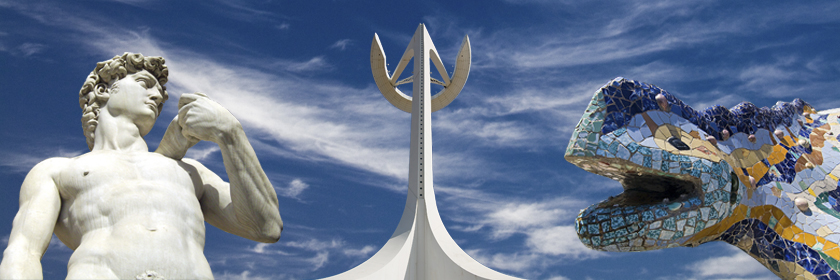


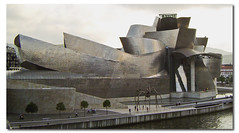


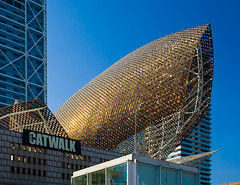






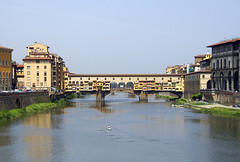




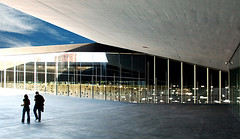


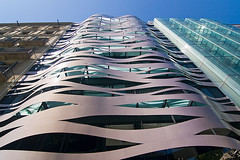



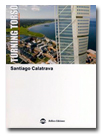

No hay comentarios:
Publicar un comentario